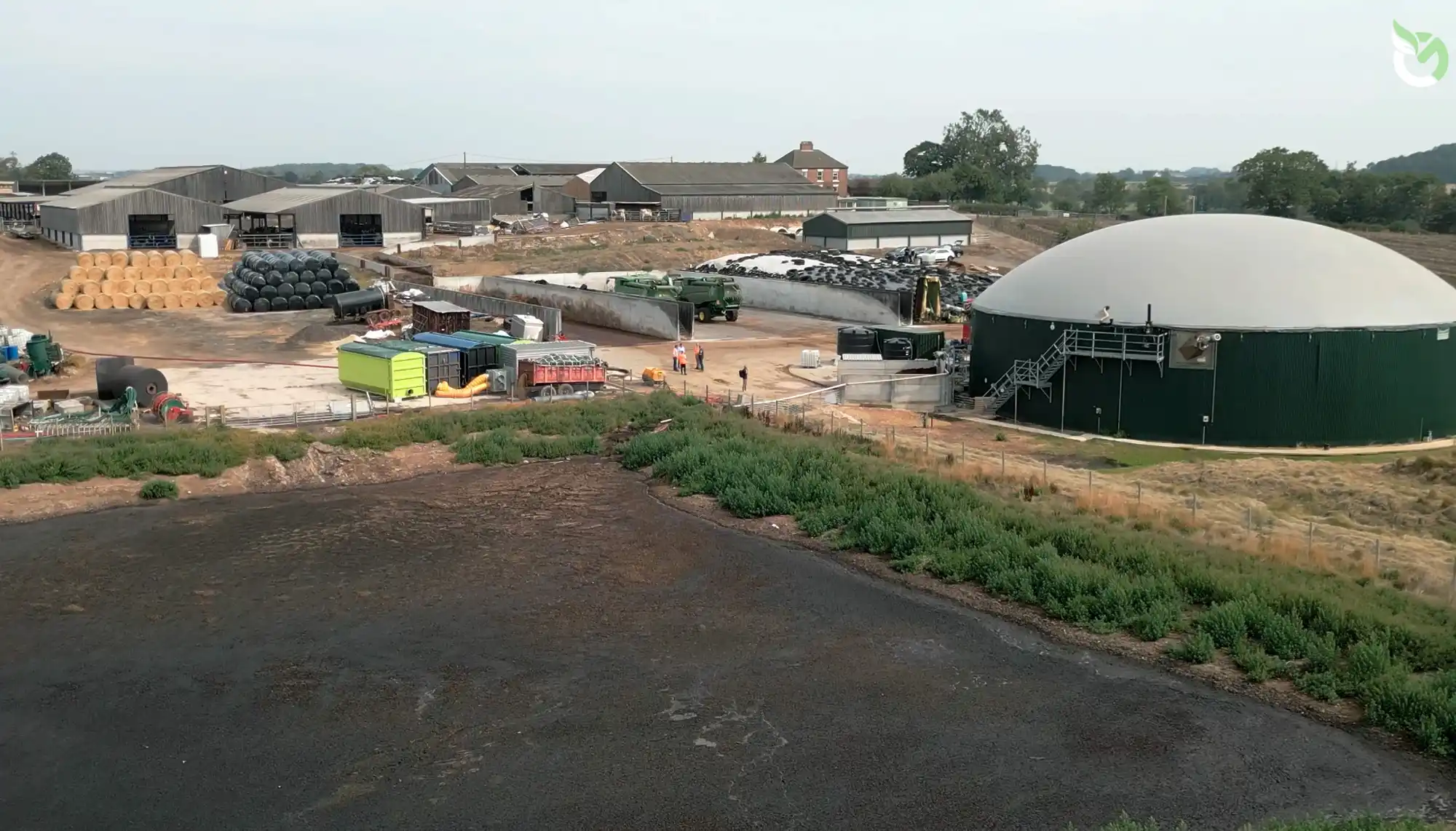Characteristics of good feedstocks for pyrolysis
Biomass pyrolysis delivers remarkable environmental benefits in terms of carbon sequestration, green energy and of course the biochar it produces. However, as with most things in life, what you get out depends on what you put in, and the choice of feedstock is crucial to ensure these benefits are delivered.
.jpg)
Project successes
Tejas Rajput
Biomass pyrolysis delivers remarkable environmental benefits in terms of carbon sequestration, green energy and of course the biochar it produces. However, as with most things in life, what you get out depends on what you put in, and the choice of feedstock is crucial to ensure these benefits are delivered.
Any organic biomass of the correct particle size and moisture content can be pyrolysed. A homogenous material is preferred as a feedstock, as it will get pyrolysed evenly, allowing the throughput of the process to be optimised. The nature, quantity and structure of the feedstock will have an important impact on the operations and business model at a plant. Key qualities we look for are:
Calorific value: t refers to the quantity of energy released during feedstock combustion. The higher the better, but in general, a calorific value greater than 12 MJ/kg (dry basis) will keep the process self-sustaining.
Moisture content: After drying, we look for feedstocks to be under 15% moisture to keep the process efficient. More the moisture, more the drying requirements. This leads to increased energy consumption.
Carbon content: The more carbon, the more carbon removal and corresponding income from carbon credits. We usually look for upwards of 25%.
Annual quantity: The minimum annual feedstock quantity required to make a plant viable is 2,400 tonnes per year after drying.
Current uses: To ensure compliance with the carbon methodologies and receive carbon credits, the feedstock should not currently have an environmentally positive endpoint. If it does, that value can count against the new outcomes.
Seasonality: Certain feedstocks are available during a particular time of the year. For example, the amount of garden waste generation increases significantly during summer season. Since our pyrolysis machines run continuously, a consistent feedstock supply is important for optimising the process output.
When selecting a feedstock, measures also need to be taken to ensure that the biochar does not contain harmful substances. Ahead of pyrolysing a new feedstock, Onnu undertakes a laboratory analysis of the feedstock to fully understand the properties. The key contaminants we look for include heavy metals, polycyclic aromatic hydrocarbon (PAH), Polychlorinated biphenyls (PCBs) and other inorganic materials like plastics, glass, stones, metals or rubbers.
As an environmentally positive solution, it is important to consider the current uses of the biomass. Ideal sources of biomass are currently destined for disposal or incineration. Using these ensures that we don't have any negative environmental, social or economic impacts on existing supply chains. Biomass containing high protein, for example, may deliver more value if it returned to the food chain. Examples of suitable biomasses include poultry litter, green waste, wood residue, oat husks, AD residue, sewage sludge, etc.
Lastly, different combinations of feedstocks can produce biochar with varying levels of soil improvement, carbon removal and energy generation capabilities. Thus, by using certain feedstock we can model the desired biochar enhancements for different intended applications.



.png)